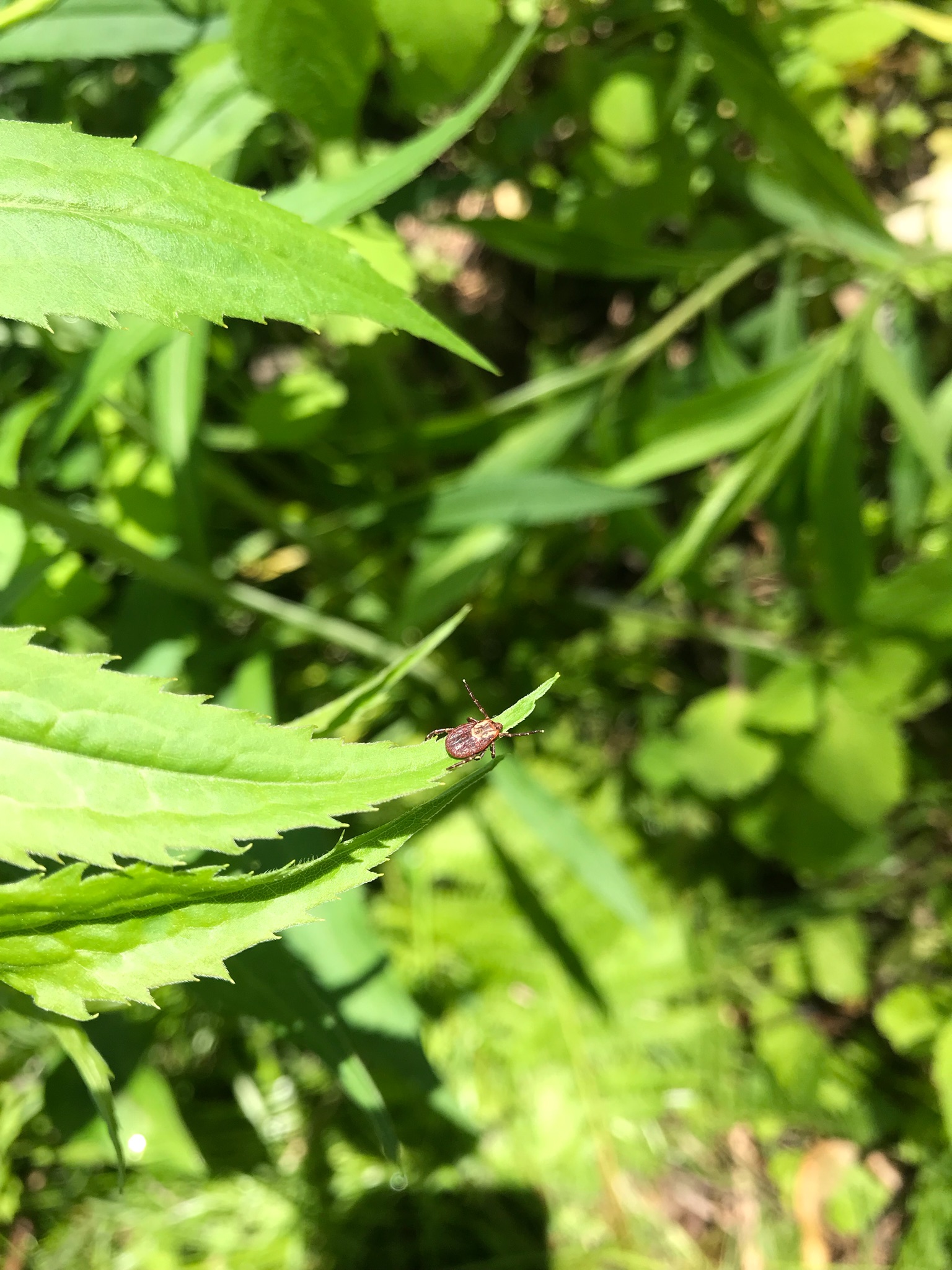Ixodes scapularis: The Black-legged Tick (a.k.a. The Deer Tick)
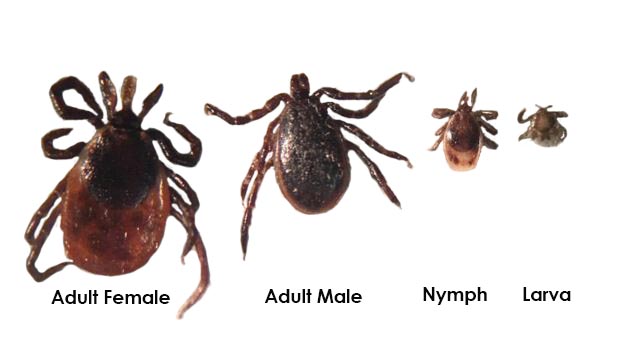
Ixodes scapularis is a small arachnid that survives by feeding on the blood of animals. They are more commonly referred to as the blacklegged or deer tick. Key features in identifying adult female deer ticks include, red-brown coloring of the body, a solid black dorsal shield, lack of festoons along the abdomen, and long, thin mouthparts.
Larva, nymphs, and adult females will feed on humans. Adult males will rarely feed and if they do it is for a very short time.
Deer ticks are responsible for the transmission of Lyme and other tick-borne diseases.
Nymphs are more likely to spread disease because their small size allows them to feed for longer periods of time without being noticed, increasing the chance of disease transmission. They are most active between May and August.
Adult female ticks have had more times to feed in their life and therefore have a higher chance of carrying disease. However, because they are larger, they aren’t always able to stay attached for as long as a nymph. Adult deer ticks are most active in the fall months.
Deer Tick Habitat and Locations in the U.S.
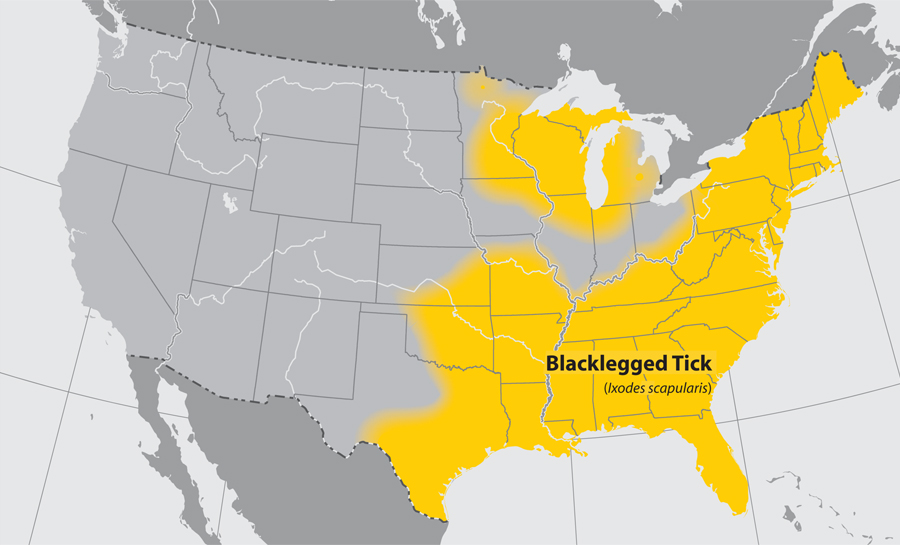
Although Deer ticks have been identified in every U.S. state except Hawaii, they are most commonly found along the eastern coast of the United States from Florida to Maine and as far west as Texas. They are also located in the Great Lakes region of the upper Midwest U.S.
Deer ticks can be found under leaf-litter, at the edges of wooded areas, in areas of high grass or thick vegetation, and areas where wildlife are frequent. They require humid and shaded locations to protect them from drying out and dying.
Deer Tick Behavior
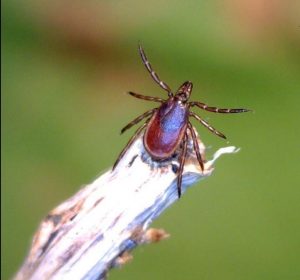
The deer tick will quest when it actively seeks out a host. Deer ticks cannot fly or jump, but they can climb.
Research has found that blacklegged ticks in the southern parts of the U.S. will quest differently than blacklegged ticks in the northern states.
Deer ticks in northern states will climb up blades of grass or other vegetation and stretch out its legs hoping to grab on to a host that is passing by.
Deer ticks in southern states will spend more time under leaf-litter to avoid hot temperatures instead of climbing up plants. This reduces their exposure to humans and will instead find a small mammal or reptile as a host.
Larval deer ticks can climb a few inches from the ground, nymph deer tick will climb up to one foot, and adult deer ticks can climb up to 2 feet off the ground.
Animals That Carry Deer Ticks
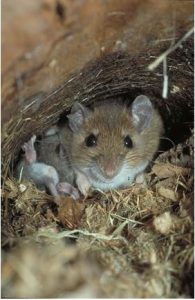 Deer ticks will feed on more than 300 different animals. They are most commonly found feeding on shrews, chipmunks, mice, reptiles, birds, domestic animals (dogs), white-tailed deer, moose, and cattle. Of these animals, only mice, chipmunks, birds and shrews can carry and transmit Lyme disease to a feeding tick.
Deer ticks will feed on more than 300 different animals. They are most commonly found feeding on shrews, chipmunks, mice, reptiles, birds, domestic animals (dogs), white-tailed deer, moose, and cattle. Of these animals, only mice, chipmunks, birds and shrews can carry and transmit Lyme disease to a feeding tick.
Deer Tick Life-Cycle and Active Periods
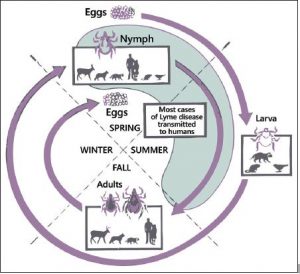
Deer tick nymphs are most active between May and August which are the months you are most at risk for Lyme disease. This is because nymph ticks are tiny and will stay attached longer, increasing the chance of disease transmission. Adult deer ticks are most active in the fall and while the risk is still high for Lyme disease, because they are larger, they are easier to spot and remove before disease transmission can occur. Adult females are more dangerous than adult males because they will feed until engorged, while males will rarely feed at all. If adult males do feed, it will only be for a short period of time.
1. What Came First; The Tick or the Egg?
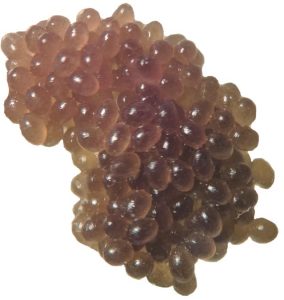 The life cycle of a deer tick lasts about 2 years and begins in the early spring when an adult female engorged (full) with blood lays fertilized eggs.
The life cycle of a deer tick lasts about 2 years and begins in the early spring when an adult female engorged (full) with blood lays fertilized eggs.
Deer tick eggs hatch into larvae in the late summer months, during which time they take one blood meal from a small mammal or bird. At this point, larval deer ticks are at risk for contracting diseases such as Lyme if they feed on an infected animal.
Engorged larvae will become dormant over the fall, using the blood for energy to molt into their next life stage.
2. Ch-Ch-Ch-Ch-Changes: From Larva to Nymph
Once spring arrives, the deer tick nymphs become active again and are most prevalent from May-August. During this time, they will take their second blood meal, usually from another small to medium sized animal.
Nymph blacklegged ticks are most known for transmitting Lyme disease to humans because their small size allows them to go undetected and feed for a longer period of time, increasing the risk of disease transmission.
3. A Tale of Two Ticks
Following their blood meal, deer tick nymphs will molt into an adult male or adult female during the fall months. Adult female deer ticks will take their third and final blood meal on large animals such as white-tailed deer, black bears, or cattle. Adult males will rarely feed and instead seek an engorged adult female to mate with.
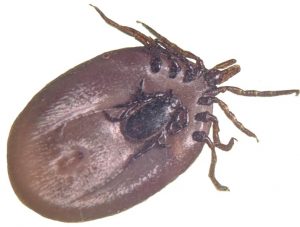 Once the adult male has mated with the adult female, he will die and she will fall off of the host and become dormant overwinter, preparing to lay eggs in the spring. She will lay 2,000-4,000 eggs and die leaving the eggs to hatch during the summer.
Once the adult male has mated with the adult female, he will die and she will fall off of the host and become dormant overwinter, preparing to lay eggs in the spring. She will lay 2,000-4,000 eggs and die leaving the eggs to hatch during the summer.
